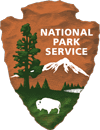History of Tourism
History of Tourism
Niagara Falls has been a leading international tourist attraction for 200 years, influencing the development of tourism and nature conservation in North America.
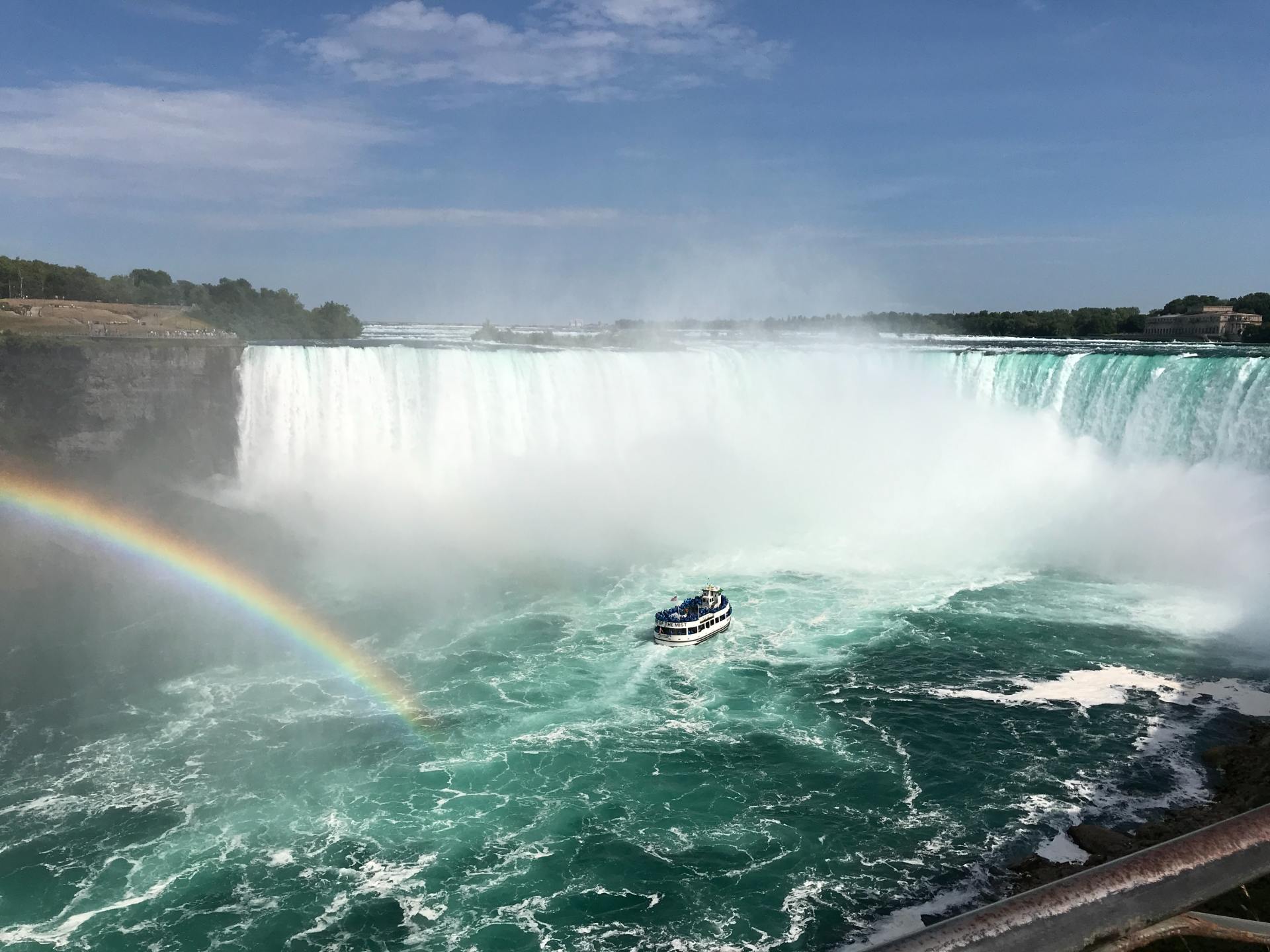
Slide title
Write your caption hereButton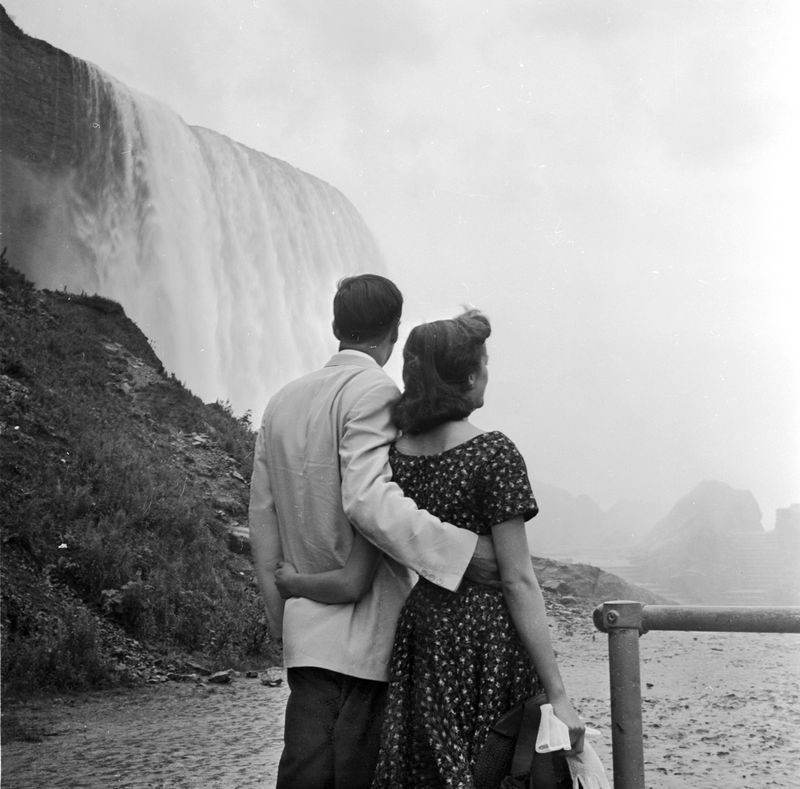
Slide title
Write your caption hereButton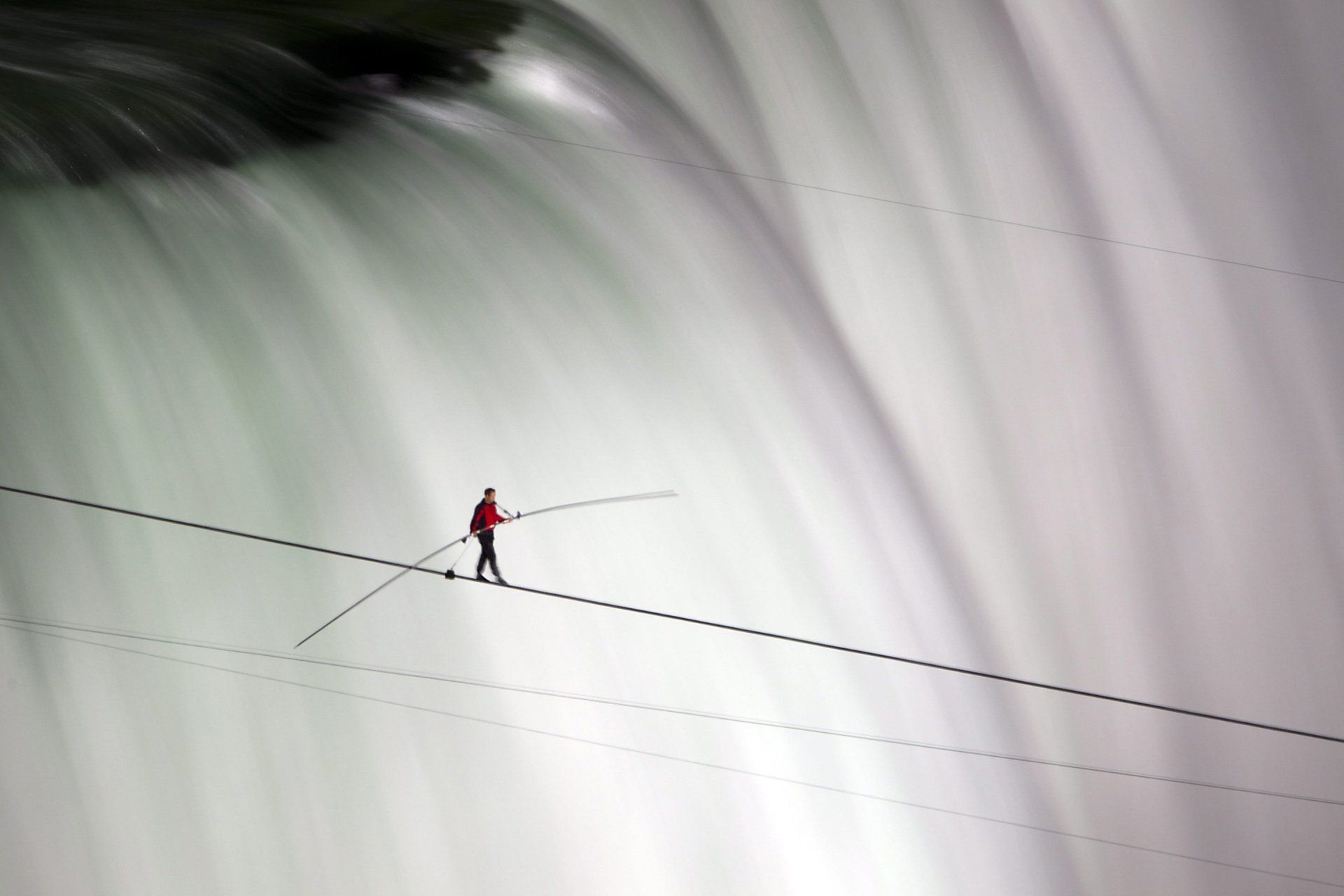
Slide title
Write your caption hereButton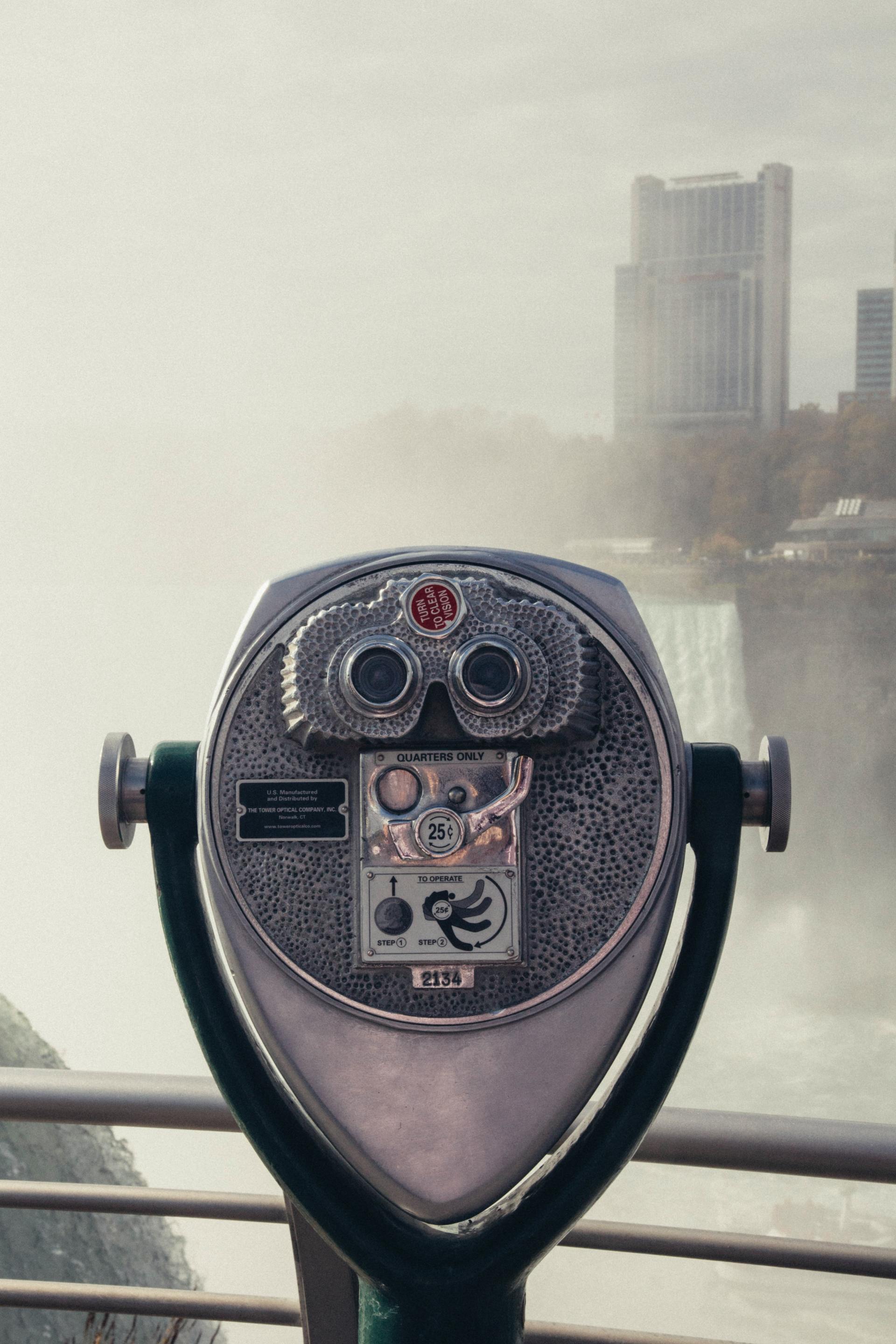
Slide title
Write your caption hereButton
Slide title
Write your caption hereButton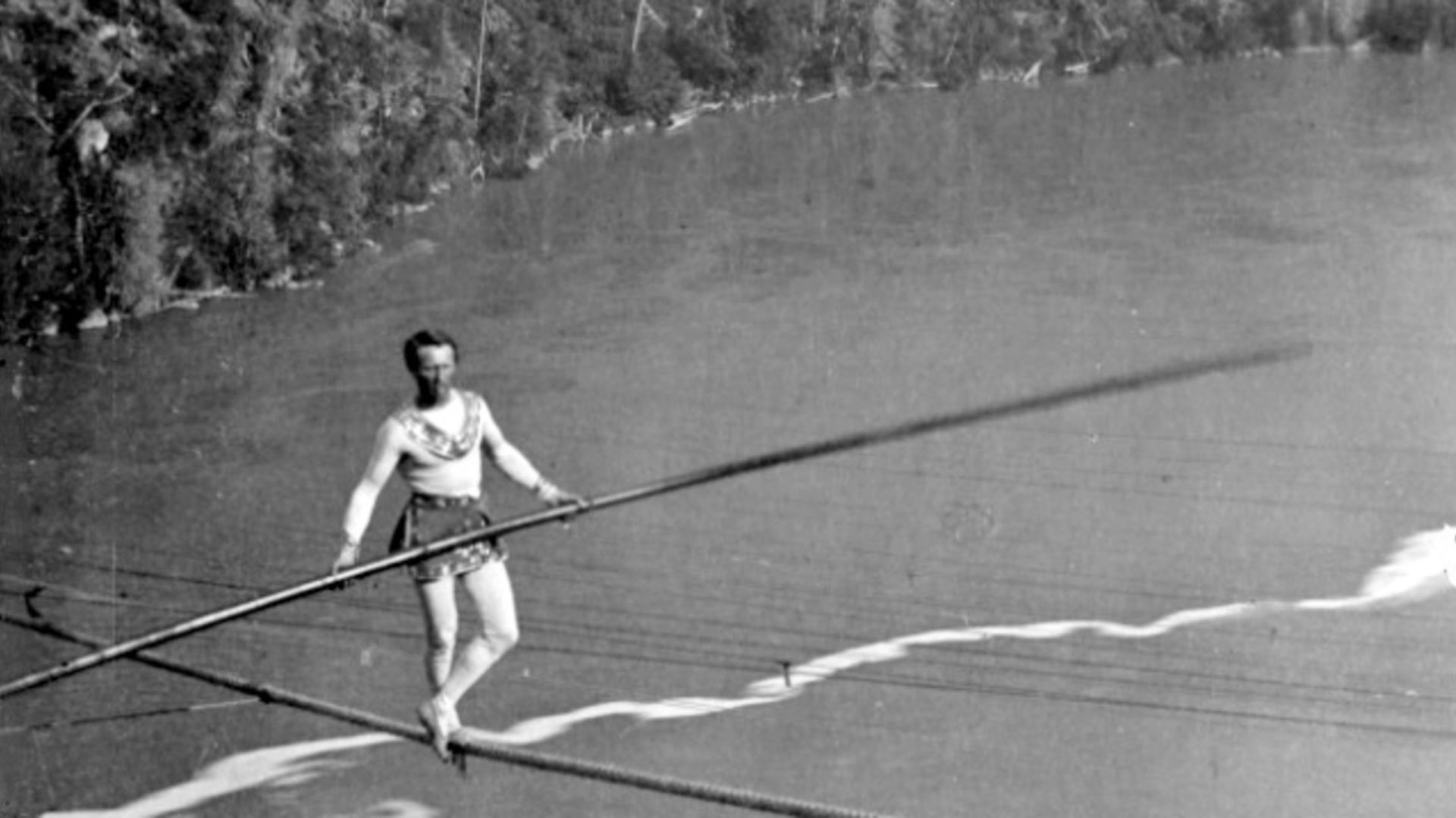
Slide title
Write your caption hereButton
Slide title
Write your caption hereButton
Slide title
Write your caption hereButton
A History of Tourism
Niagara Falls has been an international icon with different meaning and significance to different people over time.
From their first encounters with the Falls until well into the 19th century, Europeans and their American descendants beheld Niagara with awe, perceiving it as an outstanding expression of the “sublime.” To these early visitors the spectacle was emblematic of the New World, in which everything appeared outsized and limitless. Niagara exemplified the concept of wilderness, with the grandeur and terror it represented.
Niagara Falls has been a favored destination of travelers for two centuries and is representative of tourism in the nation as a whole. Completion of the Erie Canal in 1825 made Niagara Falls easily accessible for the first time.
In the late 19th and 20th centuries, Niagara Falls became known as the Honeymoon Capital of the World. Thousands of newlyweds made the ritual pilgrimage to the Falls to inaugurate their lives together.
Even in its earliest incarnation, commercialism at Niagara Falls took on a seamy and aggressive tone. Unscrupulous entrepreneurs on both sides of the river competed with each other in cutthroat fashion in attracting and extracting money from unwary visitors. The tasteless and sensational nature of the commercial exploitation took on a life of its own.
Contributing to the sensational spectacle were individuals who undertook life-threatening feats and dangerous publicity stunts. Tight-rope walking and descending the Falls in a barrel were most prominent among the ways that publicity seekers sought public attention and acclaim.
Niagara emerged as a major battleground between divergent visions of the value and meaning of the Falls and the natural environment in general. Educated, urban and progressive forces battled to protect the integrity of the natural wonder in the face of economic exploitation by tourism, manufacturing, and hydropower generation. The Niagara Reservation was created in 1883 as the first state park, an early triumph of the conservation movement, and a major influence on the creation of national parks.
Fishing
There are at least 13 public fishing access areas managed by local cities and towns, Niagara County, and the state of New York allowing for shoreline fishing or boat access along the Lower Niagara River and Lake Ontario. This region is considered a major destination for sport fishing, with nearby Olcott Beach being named in 2012 World’s Fishing Network “Ultimate Fishing Town”. There are numerous outfitters in Niagara County enabling anglers to charter boats for fishing excursions on the river and lake. Populating the waters of the Niagara River and Lake Ontario include northern pike, perch, bass, lake sturgeon, salmon and trout.
The Daredevils
Contributing to the sensational spectacle were individuals who undertook life-threatening feats and dangerous publicity stunts. Tight-rope walking and descending the Falls in a barrel were most prominent among the ways that publicity seekers sought public attention and acclaim.
Meet the Daredevils
- 1901 – On October 24, Annie Edson Taylor went over the falls in a barrel. She was mostly unharmed, but exited the barrel bleeding.
- 1911 – On July 25, Bobby Leach went over the falls in a barrel. He spent the following six months in hospital, recovering from two broken knee caps and a fractured jaw.
- 1920 – On July 11, Charles Stephens from Bristol went over the falls in a barrel. Bobby Leach and William "Red" Hill, Sr. urged Stevens to test his barrel over the falls before attempting the stunt, but he refused. When the barrel was recovered at the foot of the falls, the ballast had pulled Stevens's body out of the barrel, leaving just his right arm in the safety harness.
- 1928 – On July 4, Jean Lussier went over the falls in a large ball with a spring steel frame and a rubber covering.
- 1930 – On July 4, George Stathakis, a Greek immigrant working as a chef in Buffalo, New York, went over the falls in a barrel. Upon impact, the barrel was stuck behind a curtain of water and could not be recovered for 18 hours. Stathakis had an air supply of up to eight hours – although he had survived the initial fall, he died of suffocation.
- 1951 – On August 5, William "Red" Hill, Jr. (son of William "Red" Hill, Sr.) went over the falls in a craft he named "The Thing". The vessel broke apart on impact and Hill was killed; his body was found the following day.
- 1961 – On July 15, Nathan Boya (also known as William Fitzgerald) went over the falls in a rubber ball nicknamed the "Plunge-O-Sphere". The ball hit rocks on impact and bounced, but Boya was uninjured.
- 1984 – On July 3, Karel Soucek went over the falls in a barrel. He emerged with only minor injuries to his face, caused by his wristwatch on impact with the water.[17] Soucek's descent was reported to be 75 miles per hour (121 km/h), and it took 45 minutes for the barrel to be recovered.
- 1985 – On August 18, Steve Trotter went over the falls in a barrel. It was his second attempt – his first, in November 1984, was foiled by the police.Trotter's third attempt (on June 18, 1995) was also successful, when he went over the falls with Lori Martin.
- 1985 – On October 5, David Munday went over the falls in a barrel.[19] During his second attempt, in 1990, the barrel became lodged at the top of the falls and was removed by crane. His third attempt, in 1993, was successful.
- 1989 – On September 28, Peter De Bernardi and Jeffery James Petkovich went over the falls in a reinforced barrel. Their stunt was to draw attention to an anti-drugs campaign.
- 1990 – On June 5, Jessie Sharp went over the falls in a kayak. He intended to continue paddling downriver after the fall, and had made dinner reservations at a restaurant inLewiston, 4 miles (6.4 km) downstream. However, he disappeared after going over the falls, and his body has never been discovered. Sharp decided not to wear a life jacketin case it impeded an escape should he get trapped under the falls.
- 1995 – On October 1, Robert Overacker went over the falls on a Jet Ski to raise awareness for the homeless. His parachute opened, but was not fixed to him and he fell down the falls. Overacker's body was recovered by the Maid of the Mist before being pronounced dead at Niagara General Hospital.
- 2003 – On October 22, Kirk Jones went over the falls. He became the first person to survive the drop without any aid in the fall, having swum from approximately 100 yards (91 m) before swimming over the falls. Jones and his friends had been drinking before the incident, and had planned to video the event – although his friends were not able to operate the recorder. Jones was fined $2,300 and banned for life from entering Canada.
- 2012 - Nik Wallenda walked a tightrope from the US to Canada over the thundering Niagara Falls and Niagara River.

